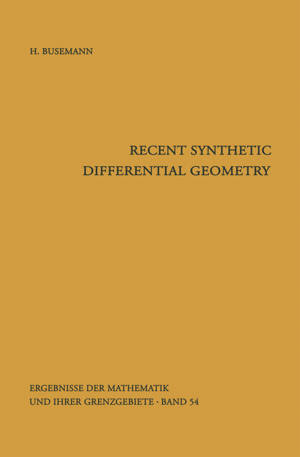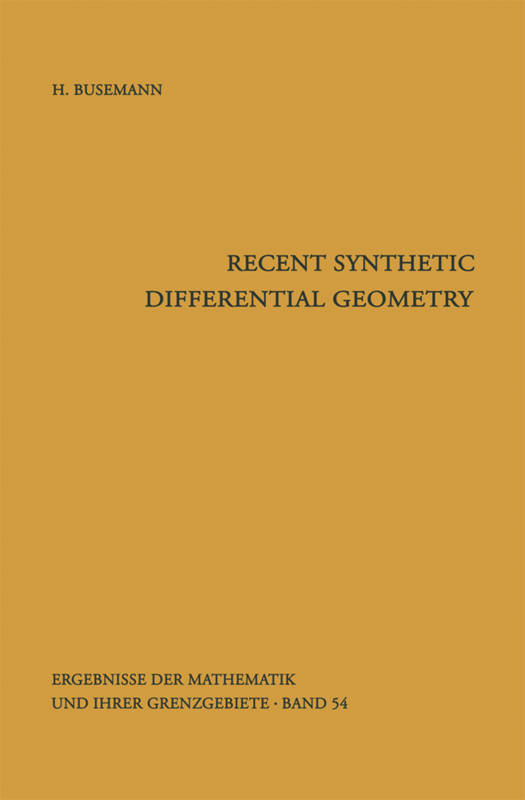
- Afhalen na 1 uur in een winkel met voorraad
- Gratis thuislevering in België vanaf € 30
- Ruim aanbod met 7 miljoen producten
- Afhalen na 1 uur in een winkel met voorraad
- Gratis thuislevering in België vanaf € 30
- Ruim aanbod met 7 miljoen producten
Zoeken
Omschrijving
A synthetic approach to intrinsic differential geometry in the large and its connections with the foundations of geometry was presented in "The Geometry of Geodesics" (1955, quoted as G). It is the purpose of the present report to bring this theory up to date. Many of the later ip.vestigations were stimulated by problems posed in G, others concern newtopics. Naturally references to G are frequent. However, large parts, in particular Chapters I and III as weIl as several individual seetions, use only the basic definitions. These are repeated here, sometimes in a slightly different form, so as to apply to more general situations. In many cases a quoted result is quite familiar in Riemannian Geometry and consulting G will not be found necessary. There are two exceptions: The theory of paralleIs is used in Sections 13, 15 and 17 without reformulating all definitions and properties (of co-rays and limit spheres). Secondly, many items from the literature in G (pp. 409-412) are used here and it seemed superfluous to include them in the present list of references (pp. 106-110). The quotations are distinguished by [ ] and ( ), so that, for example, FreudenthaI [1] and (I) are found, respectively, in G and here.
Specificaties
Betrokkenen
- Auteur(s):
- Uitgeverij:
Inhoud
- Aantal bladzijden:
- 112
- Taal:
- Engels
- Reeks:
- Reeksnummer:
- nr. 54
Eigenschappen
- Productcode (EAN):
- 9783642880599
- Verschijningsdatum:
- 11/04/2012
- Uitvoering:
- Paperback
- Formaat:
- Trade paperback (VS)
- Afmetingen:
- 156 mm x 234 mm
- Gewicht:
- 185 g

Alleen bij Standaard Boekhandel
+ 167 punten op je klantenkaart van Standaard Boekhandel
Beoordelingen
We publiceren alleen reviews die voldoen aan de voorwaarden voor reviews. Bekijk onze voorwaarden voor reviews.








